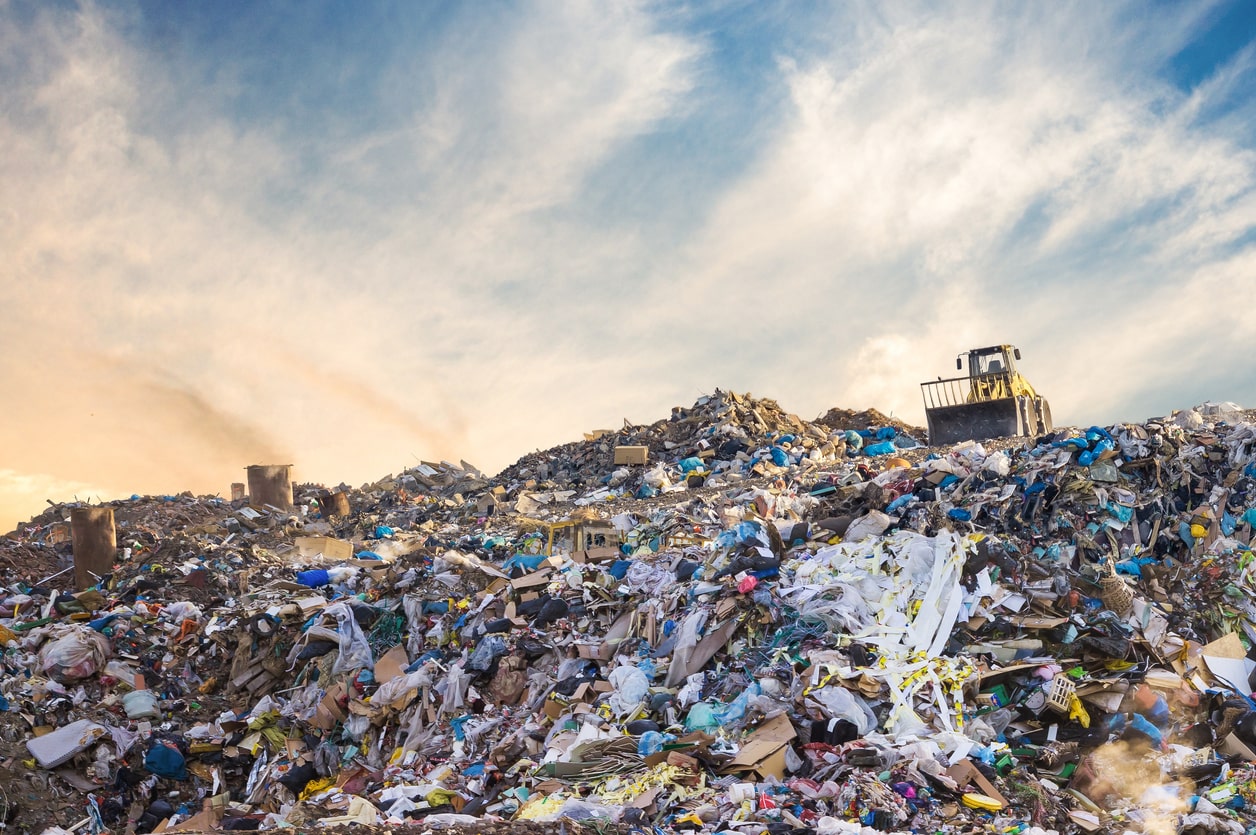
Cement is one of the most fundamental materials required for modern life. While in the UK we produce over 8 million tonnes per year to build our homes, schools, roads, offices and hospitals, Thailand manufactures nearly 33 million tonnes and India, the second-largest producer of cement in the world after China, produces over 323 million tonnes of cement each year.
However, achieving the extreme temperatures of ~1500C required by the manufacturing process requires vast amounts of energy dense fossil fuels, primarily coal. As a result the cement industry accounts for 8% of global greenhouse gas emissions, of which 40% comes from fuel usage and 60% from the chemical reaction.
A success story in recent years has been the adoption of substitution of fossil fuels with alternatives such as Refuse Derived Fuel (RDF) made from the combustible components of everyday rubbish, and Non-Recyclable Plastic Waste (NRPW) that are less carbon intensive. For example, recent research shows that the combustion of RDF allows for a reduction of about 2.25 kg of CO2 per kg compared to coal.
Europe is currently the world leader in alternative fuel use and in some instances cement producers can be paid to burn waste materials by government authorities, or be given waste material at no cost to dispose of. In Germany and Poland, substitution rates are as high as 70%. The average total substitution rate for the UK industry as a whole now stands at 43% – replacing the equivalent of half a million tonnes of coal a year, but still far below the 70% target.
Alternative fuels are significantly underutilised in Asia. For example, China and India, the two largest cement producers globally, have respective substitution rates of 7% and 4%. With China, India, Myanmar, Thailand and Vietnam being among the highest plastic consumers in the world – about 217,000 tonnes of plastic waste accumulated daily – the opportunity for substitution and emission reductions should be very high however, many of these countries don’t have the necessary waste management infrastructure to collect and process plastic waste.
The complexity of alternative fuels
The composition of the alternative fuels will affect the production process in different ways, from moisture levels to volatile contents and particulate size. Coming from many different sources, the fuel is far more heterogeneous than coal and also contains chemicals that can cause buildups and blockages in the plant. These in turn can lead to disruptions in production and even dangerous thermal runaway conditions. It is also less energy dense and brings challenges in terms of moisture content.
Additionally, dioxins and furans (a family of toxic substances) released from burning this waste can be harmful to our health and ecosystems, depending on the temperature of the incineration process and the content of the waste.
Another major issue regarding the use of RDF by cement kilns is the chlorine content which can impact the structural integrity of the concrete. The chlorine compounds and alkali-silica reactions create salt which cause microcracks and the compressive strength decreases. The chlorine also creates the oxidation of iron in concrete, leading to premature structural damage.
In conclusion
The increasing growth of RDF and NRPW as alternative fuels in cement production has a direct benefit of reducing carbon emissions compared with coal and using these fuels increases the removal of this waste from the ground, waterways and local environments. With about 5 billion tonnes of plastic waste accumulated in dumpsites and landfills globally, its use by the cement industry may be seen as a win-win solution.
An alternative view is that the waste should have been better sorted and recycled instead of burned. Emerging AI-powered technologies, such the AI Waste Recognition System developed by our friends at Greyparrot AI, for deployment on moving conveyor belts at recycling plants have the potential to change this significantly. We also need much better regulations and investment in waste management infrastructure.
For the alternative fuels we can burn, these different interactions add complexity to decision-making on plant control parameters. AI can simulate the impact of potential fuel mix combinations and learn the relationship between performance and blending of different alternative fuels. These predictive tools need to predict the likelihood of a blockage forming over time and also accurately capture complex physico-chemical reaction. This is something that Carbon Re will be building into our platform.

